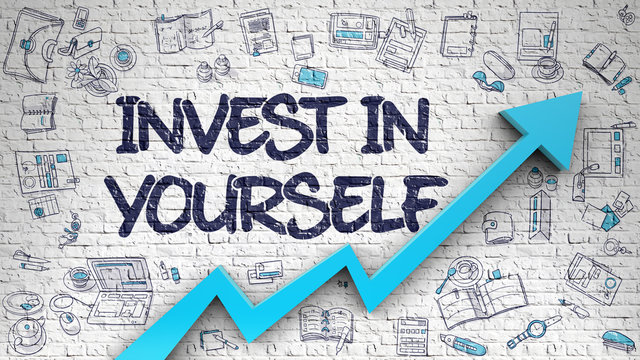The Importance of Lifelong Learning
The pursuit of knowledge and skills doesn’t end with formal education. Lifelong learning, the continuous, voluntary, and self-motivated pursuit of knowledge, is crucial for personal and professional development.
This practice goes beyond traditional education and involves developing new skills, acquiring new knowledge, and adapting to the evolving demands of the modern world.
Here’s why lifelong learning is so important and how it can benefit you.

Adaptability in a Rapidly Changing World:
The world is constantly evolving, with technological advancements and new information emerging at an unprecedented pace.
Lifelong learning ensures that you remain adaptable and relevant, enabling you to keep up with industry trends, new technologies, and best practices.
By continuously updating your knowledge and skills, you can continue to stay competitive in the job market and embrace new opportunities.
Enhancing Career Prospects:
Employers value individuals who demonstrate a commitment to personal and professional growth.
Lifelong learning can open doors to career advancement, promotions, and higher earning potential.
By acquiring new qualifications, certifications, and skills, you can differentiate yourself from your peers and make yourself more attractive to current and prospective employers.

Personal Growth and Fulfillment:
Learning new things can be incredibly fulfilling and boost your self-esteem and confidence. It allows you to explore interests and passions, develop new hobbies, and discover hidden talents.
Lifelong learning enriches your life, providing a sense of accomplishment and purpose.
It keeps your mind active and engaged, contributing to overall mental well-being.
Building a Growth Mindset:
Lifelong learning fosters a growth mindset, the belief that abilities and intelligence can be developed through dedication and hard work.
This mindset encourages resilience, curiosity, and a positive attitude towards challenges and setbacks.
Embracing a growth mindset can lead to greater personal and professional achievements and a more fulfilling life.
Fostering Innovation and Creativity:
Continuous learning encourages innovation and creativity by exposing you to new ideas, perspectives, and problem-solving techniques.
It helps you think critically, ask the right questions, and approach problems from different angles.
This can lead to innovative solutions and creative breakthroughs, both in your personal life and professional endeavors.

Expanding Social and Professional Networks:
Engaging in lifelong learning opportunities, such as courses, workshops, and conferences, allows you to connect with like-minded individuals and expand your social and professional networks.
These connections can provide valuable support, inspiration, and opportunities for collaboration and mentorship.
Networking with others who share your interests can also lead to new friendships and professional partnerships.
Keeping Your Brain Healthy:
Continuous learning has been shown to have a positive impact on brain health.
Engaging in intellectually stimulating activities can improve cognitive function, memory, and overall mental health.
Lifelong learning can also help delay cognitive decline and reduce the risk of dementia and other age-related cognitive disorders.

Empowering Self-Reliance:
Lifelong learning empowers you to take control of your personal and professional development.
It encourages self-reliance, allowing you to seek out knowledge and skills that are relevant to your goals and aspirations.
By continuously learning, you become better equipped to navigate life’s challenges and seize opportunities.
Lifelong learning is essential in today’s fast-paced, ever-changing world. It enhances career prospects, fosters personal growth, and keeps your mind sharp and healthy.
By adopting a growth mindset and committing to continuous learning, you can stay adaptable, innovative, and fulfilled.























